As a full time financial writer/investor, I am always on the lookout for compelling risk/reward opportunities, particularly in small-cap tech. While the world of large-cap tech is generally well understood by the investment/analyst community, smaller cap names are usually under-followed and often misunderstood. One such… Read More
Semiconductor Intellectual Property
A Brief History of ARM Holdings
It was on 26th April 1985 (at 3pm to be precise) that the very first ARM silicon sprang in to life – it was a 25K transistor design implemented in 3um technology with just 2 layers of metal.
However back then the “A” in ARM stood for Acorn – ARM the company had yet to be formed. Acorn sold computers to schools and so cost… Read More
A Brief History of DSP…Not By Any of Us
I came across an interesting article by Will Strauss which is pretty much the history of DSP in communication chips. Having lived through the early part of the history while I was at VLSI Technology I found it especially interesting.
At VSLI, our first GSM (2G, i.e. digital not analog air interface) was a 5-chip chipset. The DSP functionality… Read More
Cadence & ARM Optimize Complex SoC Performance
Now a day, a SoC can be highly complex, having 100s of IPs performing various functionalities along with multi-core CPUs on it. Managing power, performance and area of the overall semiconductor design in the SoC becomes an extremely challenging task. Even if the IPs and various design blocks are highly optimized within themselves,… Read More
eMMC Mobile Memory
eMMC is the standard for mobile memory used in smartphones and tablets. The latest standard, released just this year, is eMMC 5.0. The previous standard, 4.51, was only released last year so things are moving quickly.
Arasan have a webinar next week to bring you up to speed on eMMC 5.0 in general and, of course, their own IP offering… Read More
Social Media at ARM
The number one semiconductor IP company in the world is ARM, and they have really figured out how to use social media in a big way to communicate with and listen to their customers. When you first visit the Home page for ARM there are four social media icons displayed in monochrome underneath the menu bar. As you hover over the icons (Twitter,… Read More
What’s new in the “Interface IP Survey” ?
The reader will find many updates in the “Interface IP Survey” from IPNEST, released in October 2013. Good question, as the IP market is a very fast moving one and the protocol based Interface IP, is moving even faster… exhibiting 20% growth rate in 2012, expected to grow with 10% CAGR between 2012 and 2017 to reach $700M. … Read More
It’s about the mobile GPU memory bandwidth per watt, folks
There has been a lot of huffing and puffing lately about 64-bit cores making it into the Apple A7 and other mobile SoCs, and we could probably dedicate a post to that discussion. However, there are a couple other wrinkles to the Apple A7 that should be getting a lot more attention.
There are two primary causes of user frustration in multimedia… Read More
Interface Protocols, USB3, PCI Express, MIPI, DDRn… the winner and losers in 2013
How to best forecast a specific protocol adoption? One option is to look at the various IP sales, it will give you a good idea of the number of SoC or IC offering this feature on the market in the next 12 months. Once again, if you wait for the IP sale to have reached a maximum, it will be too late, so you have to monitor the IP sales dynamic when… Read More
Meeting the Challenges of Designing Internet of Things SoCs with the Right Design Flow and IP
Connecting “things” to the Internet and enabling sensing and remote control, data gathering, transmission, and analysis improves many areas: safety and quality of life, healthcare, manufacturing and service delivery, energy efficiency, and the environment. The concept of the Internet of Things (IoT) is quickly becoming… Read More


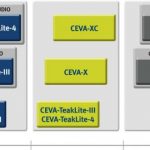

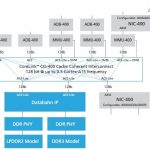
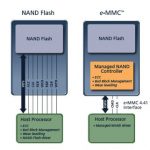


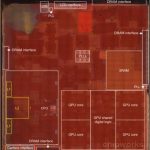

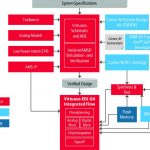
Quantum Advantage is About the Algorithm, not the Computer